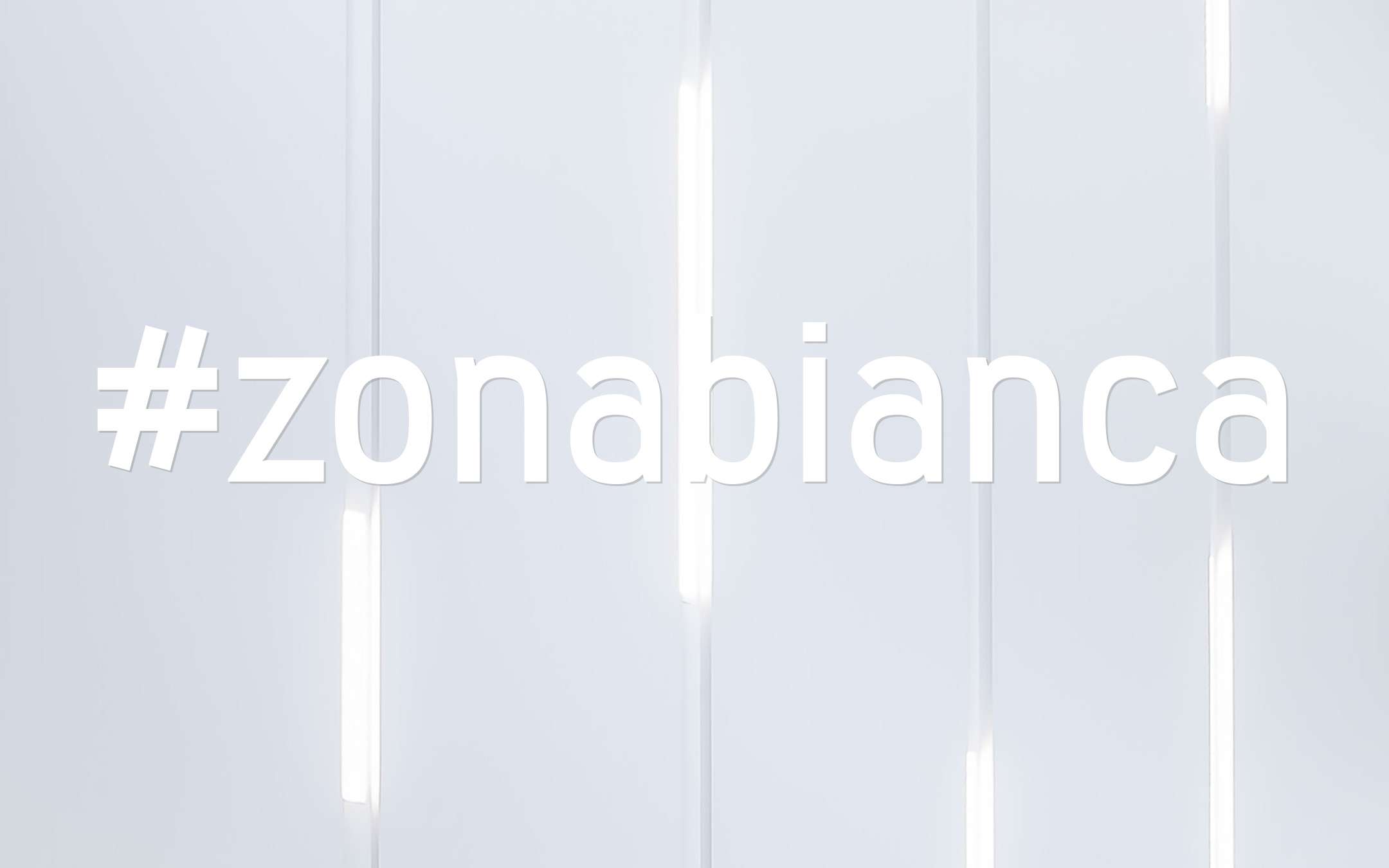
Smart working under the test of #zonabianca
Many have become familiar with the tools for remote collaboration, how many of them will have to face the return to the office, returning to share the desk with colleagues and abandoning the comforts of the home?The forecasts made so far have all done roughly reference to a New Normal: there is no going back. The most far-sighted companies have been able to make a virtue of necessity by triggering mechanisms and dynamics capable of paying not only in the short term, but also in the long term, making tools such as Meet, Teams, Zoom or cloud platforms integral parts of their operating model and not exclusively a temporary remedy. In any case, new balances will be defined in the relationship between employer and collaborator, first and foremost as regards the management of expenses, ensuring that the burdens and benefits of the transition can fall on both parties fairly.
We refer to more authoritative voices in the field of health and health to assess whether it is too early or not to reopen everything. On these pages we limit ourselves to examining how some of the changes in the way of working adopted on a large scale in the last year are destined to become structural. It will have to happen, it will happen, otherwise "smart working" will prove to be nothing more than an elegant label attached to the now obsolete concept of teleworking.